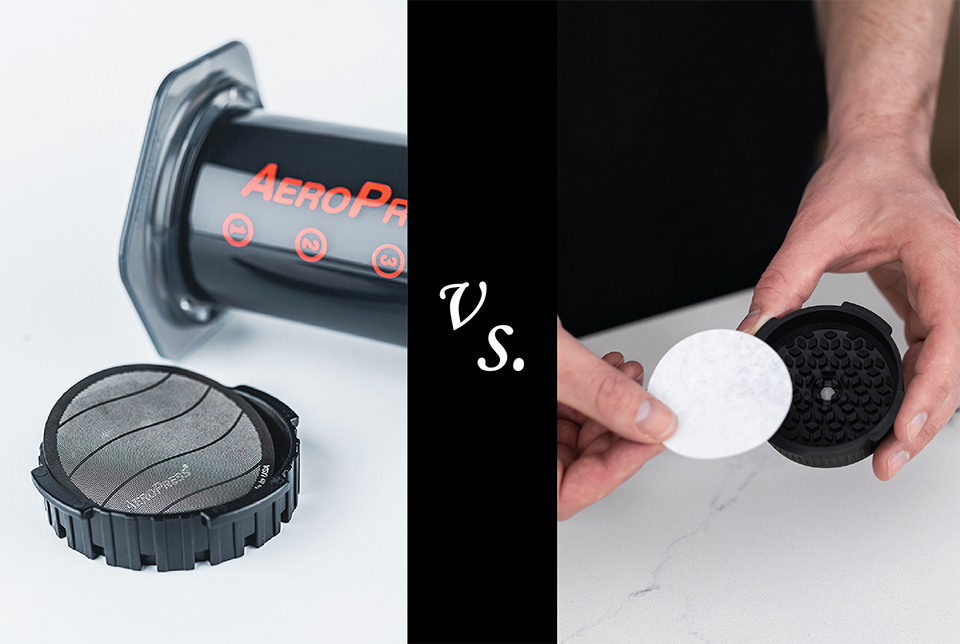
Introduction
The AeroPress coffee filter you choose to separate your coffee beverage from the coffee grounds impacts the final profile of your cup. The introduction of the AeroPress stainless steel reusable filter adds another dimension of control to an already versatile coffee maker. With AeroPress paper filters, the quality of the paper and the thickness absorbs oils and catches fine particles, stopping them from passing into the cup. A metal disc does not absorb oils or withhold fines. This increases the texture and body of the brewed coffee.
Think about how full a sip of French pressed coffee feels. Imagine the rich density of an espresso. These experiences are for you to replicate using the AeroPress metal filter, an AeroPress Original, AeroPress Go, or AeroPress Clear, and a little attention to technique.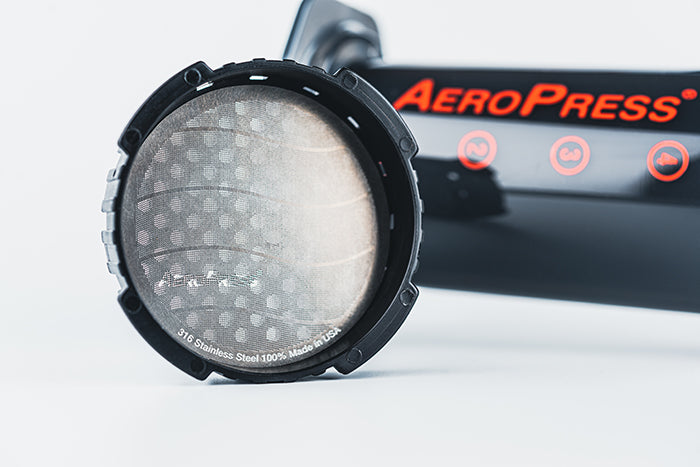
Grind Size, Fines, and the Metal Filter
Let us first look at Alan Adler’s original recipe using a full scoop of medium-fine ground coffee, a small amount of water, and a single paper filter to separate the grounds. The result is a small, intensely flavored, clean, and full-bodied shot of coffee. Repeat this recipe once more but use the AeroPress metal filter instead of the paper filter. The beverage will be richer with much more texture on the palate.
All coffee grinders produce slightly larger and slightly smaller particles than the chosen setting. We call these “boulders” and “fines.” For example, if you were grinding at a medium setting (800 or 900 microns), the majority of the grounds would be that size. Some larger bits (1,000 microns) will slip past the grinding burrs. Roasting coffee turns the beans brittle, and the grinding process causes some beans to shatter when cut. This produces “fines” that can be as small as 100 microns. (For reference, a single human hair averages 70 microns thick.)

Grind distribution is a term that describes how much of the ground beans match the desired size. Among other factors, grind distribution is affected by type of grinding burrs, rotational speed of the grind motor, and temperature, density and darkness of the roasted bean.
How to Get Espresso Style and French Press Style Coffee with the AeroPress Metal Filter
If you enjoy espresso and want a lot of body in your cup, use the AeroPress metal filter and grind similar to espresso grounds (300-500 microns). Likely there will be a significant mass of particles in the 100-micron range. The filter holes of the AeroPress metal filter are 178 microns in diameter. It will hold back most of the grounds and the resulting fines will pass into the cup and bring texture.
Be mindful when pressing. The fine grounds create a lot of resistance and a slow, gentle, steady plunge is recommended.
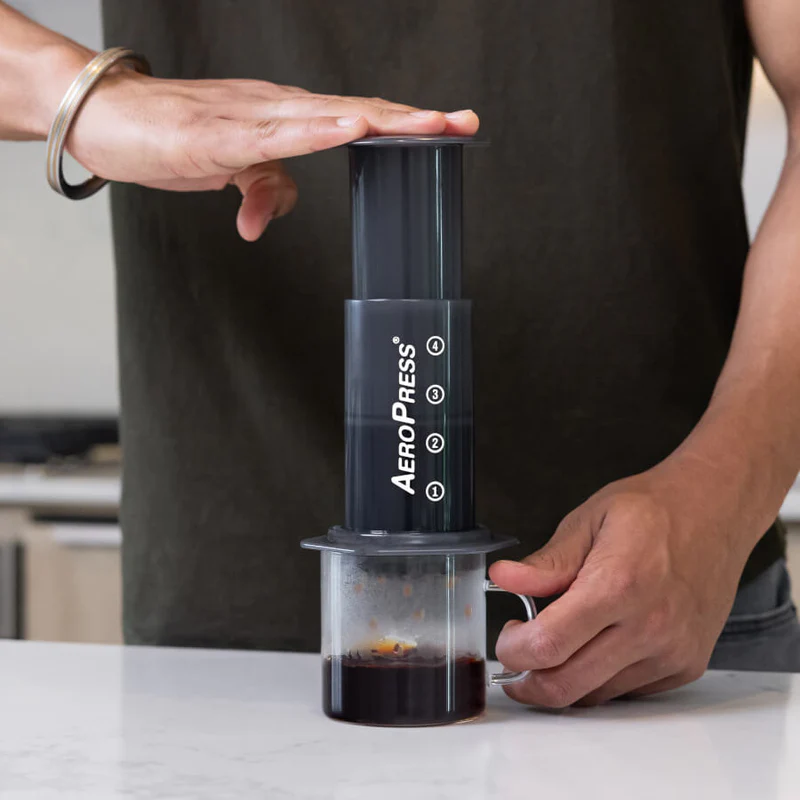
Here is a recipe for a small, espresso-esque coffee:
Traditional method with a metal filter
Insert an AeroPress stainless steel filter into the AeroPress Flow Control Filter Cap and screw onto the end of the AeroPress chamber
19 grams (rounded scoop) coffee ground on the coarse side of espresso
60 grams (2 ounces) of hot water
Stir 15 seconds
Insert plunger and press completely.
For a full mug of full-bodied coffee like a French Press:
Traditional method with a metal filter
19 grams (rounded scoop) coffee ground medium-fine
200 grams (to the ‘4’) of hot water
Stir 20 seconds
Insert the plunger and give it a slight lift to stop the drip
At 1:30 press slowly. Accelerate your press when you hear the hiss.
Pressing all the way through and accelerating at the end forces more of the fines and oils through the filter. If you want slightly less texture stop at the hiss, leaving the air cushion. A significant amount of texture will have passed through, but not all of it.
Texture and Grind Size
Another way to regulate texture is by grinding coarser. Typically, a coarse grind gives fewer particles smaller than 200 microns. The coarse grind will need a longer steep time. I often find that a longer steep (2:30 - 3:00) with coarse coffee brews a sweeter cup. Shorter brew times with a fine grind can accentuate zippy fruit notes and lively cocoa notes.
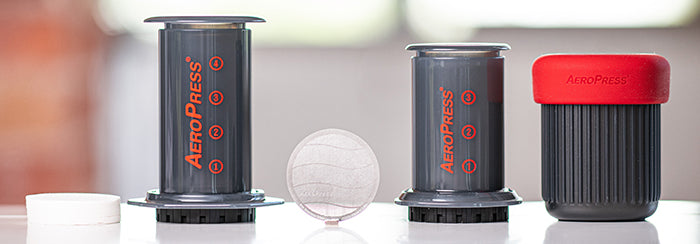
Have Fun Experimenting!
Experimenting with filter materials and different grind sizes is a wonderful way to discover new ways to brew with an AeroPress coffee maker and your favorite coffee. Metal filters give you texture while paper removes those elements for a very clean cup. Stacking filters can lighten up the body even further. Try various grind sizes and steep times to see how many profiles your favorite coffee can express.
Check out some of our other comparison articles:
AeroPress vs. Moka Pot
Happy Pressing,
Ben Jones



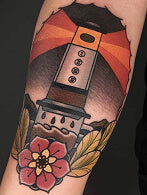




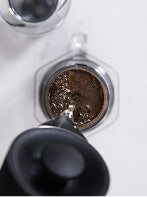
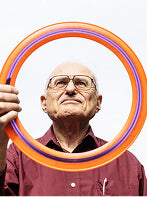
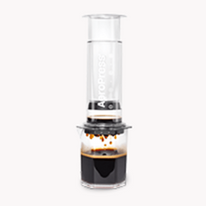


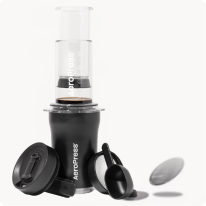
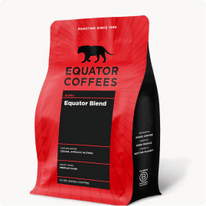

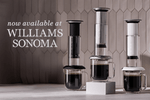


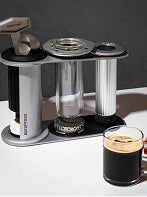
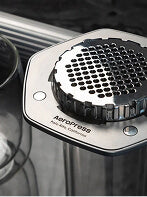

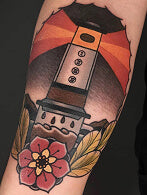





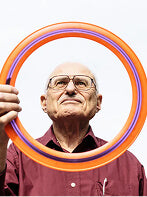
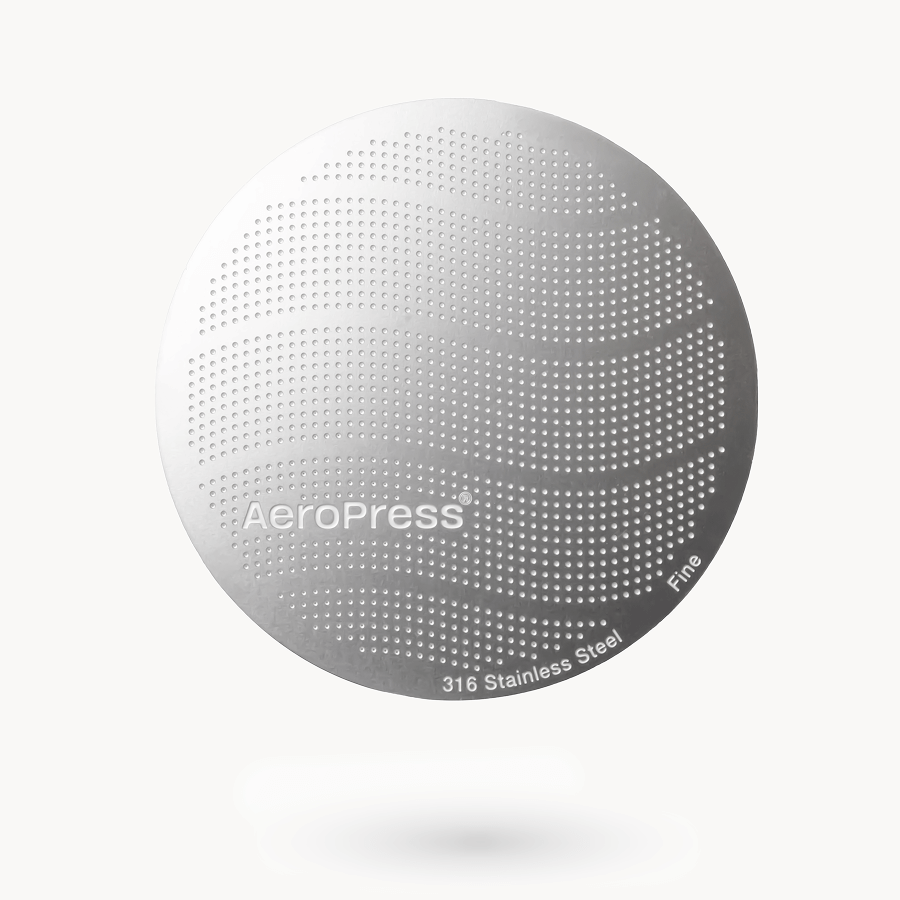
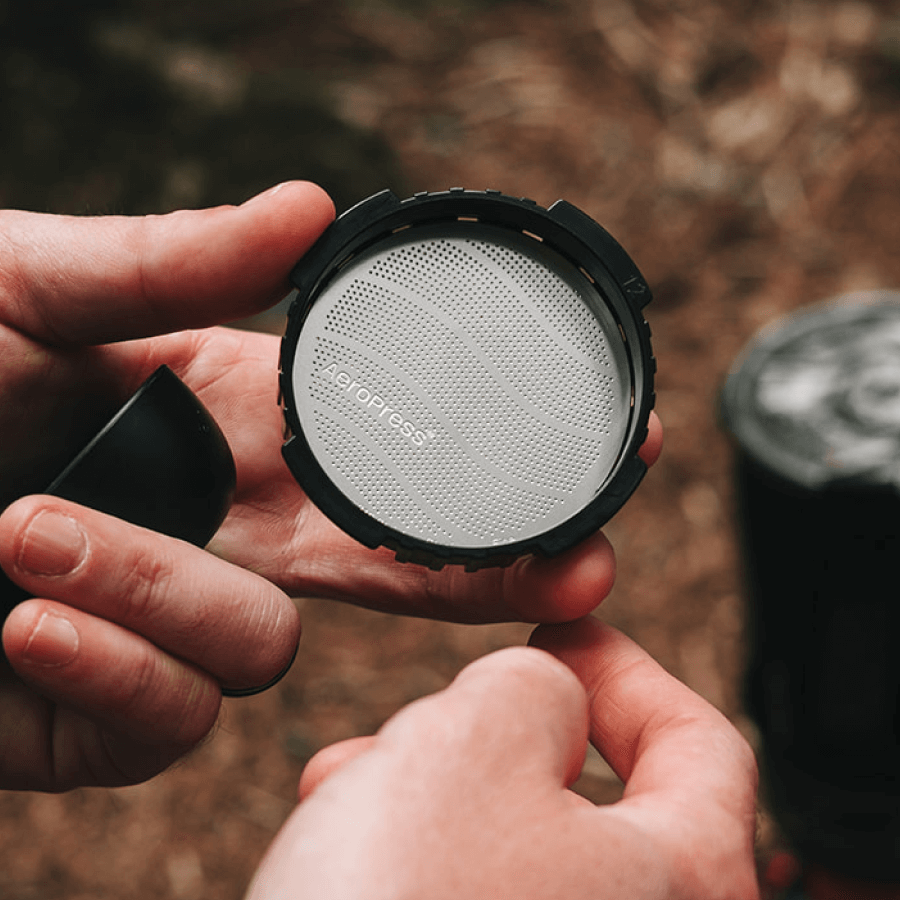
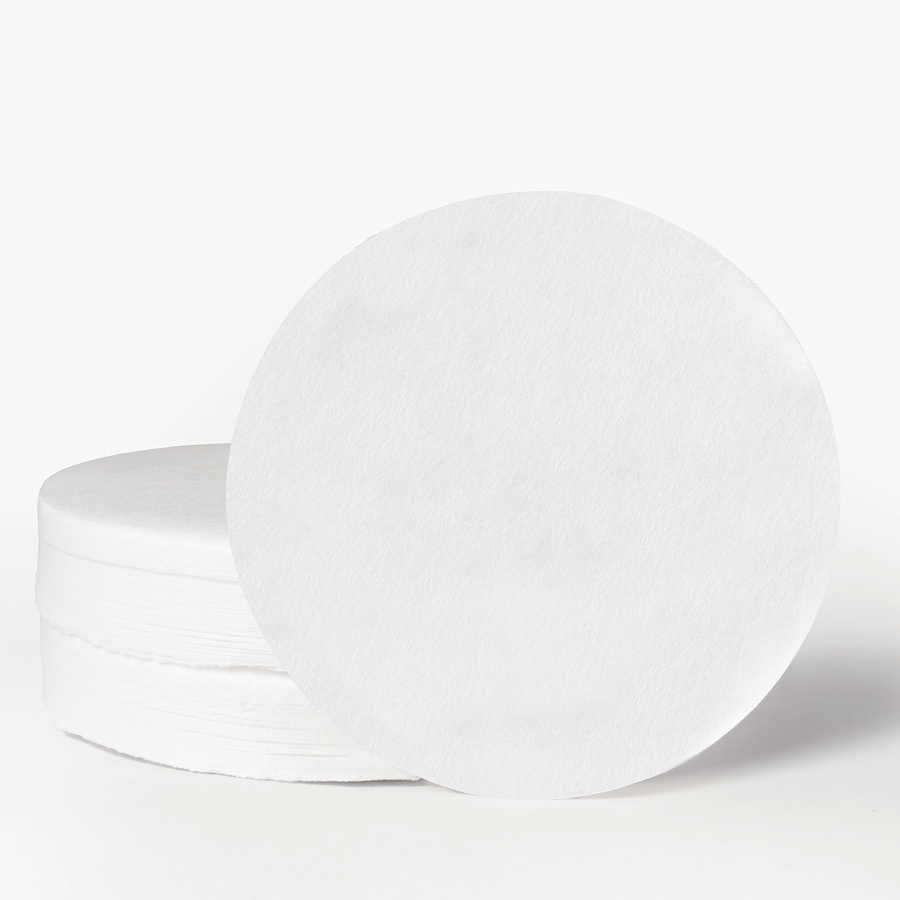

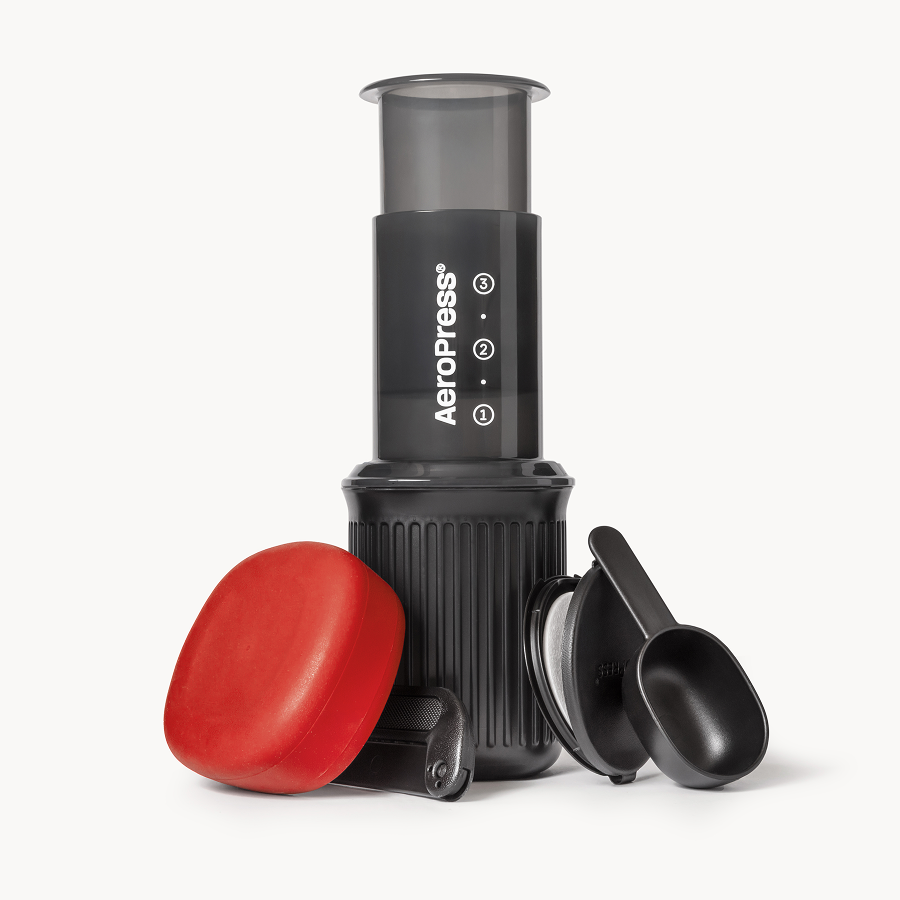


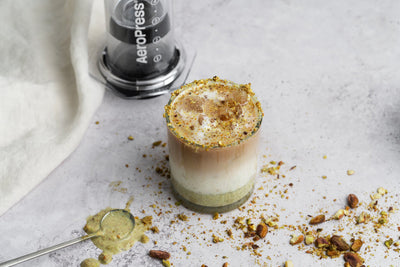


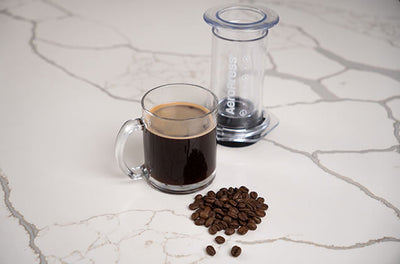
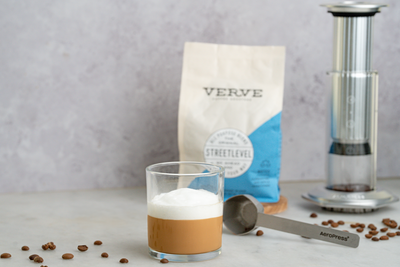
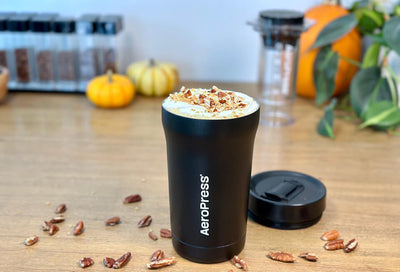
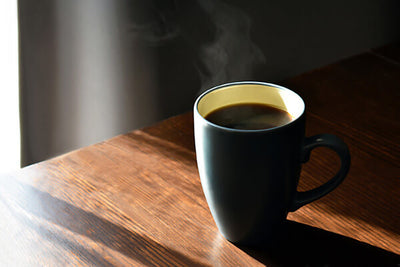
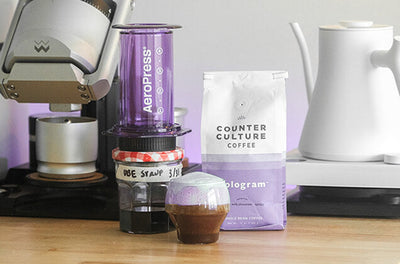


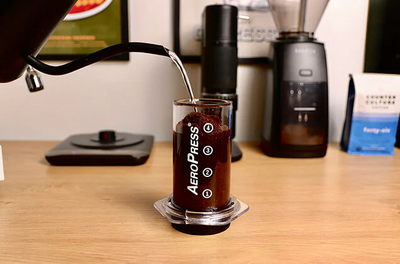
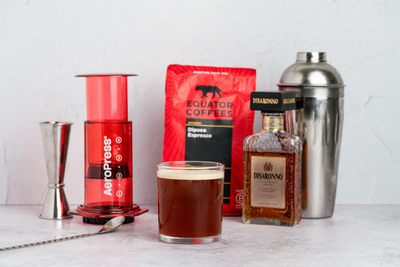
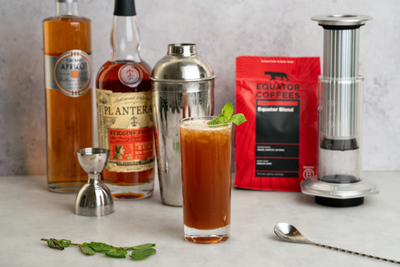
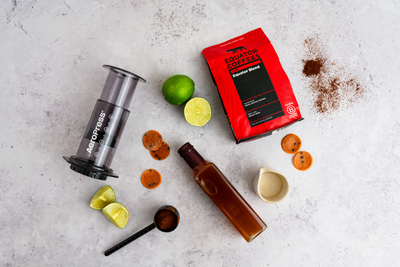
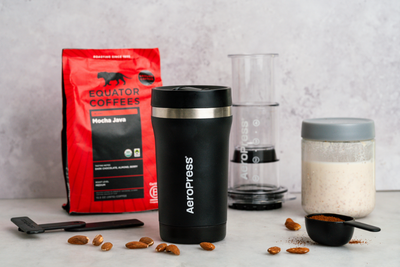



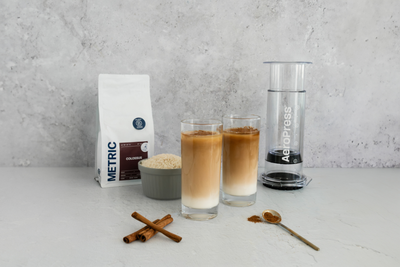
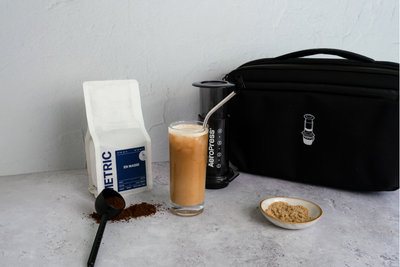


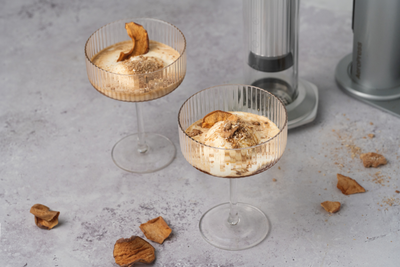

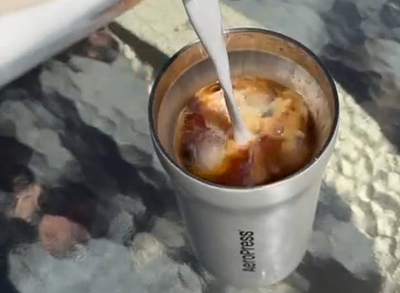



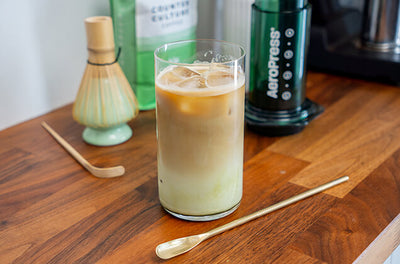
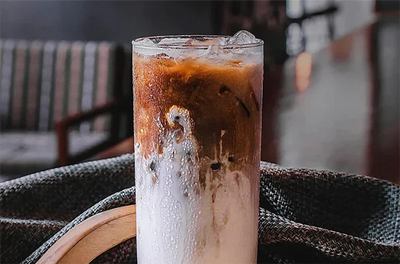
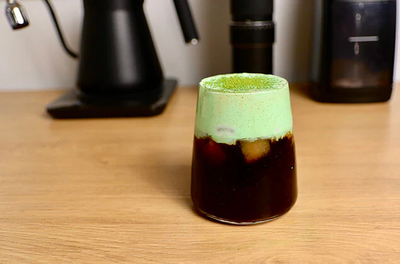
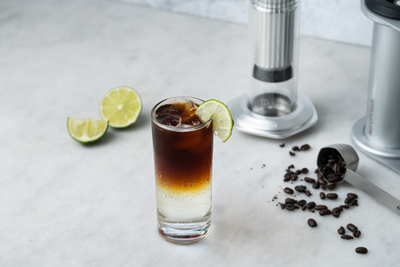
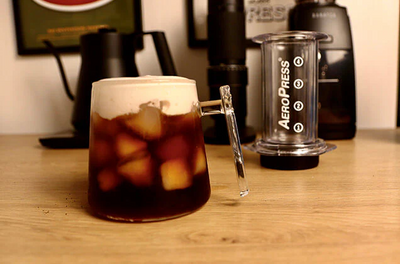
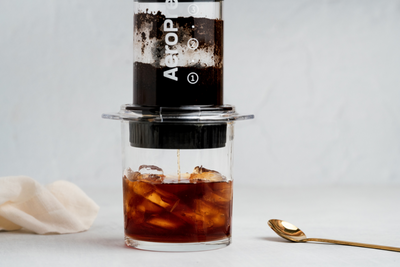
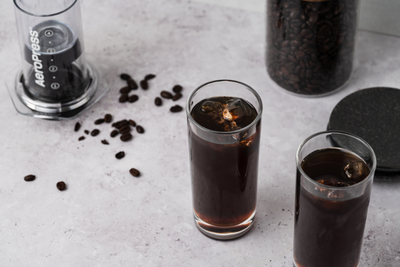
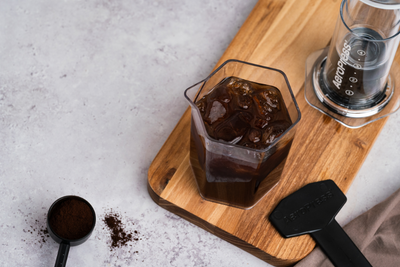
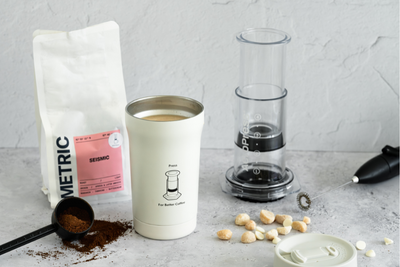
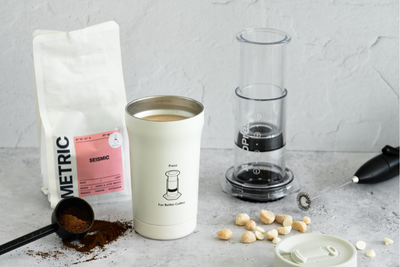
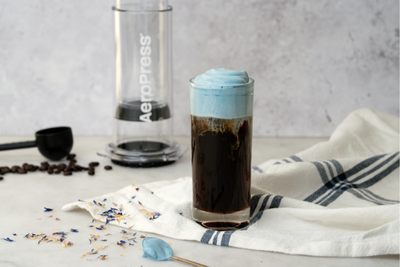
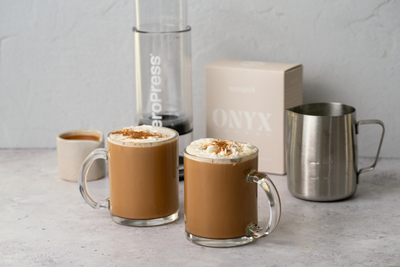

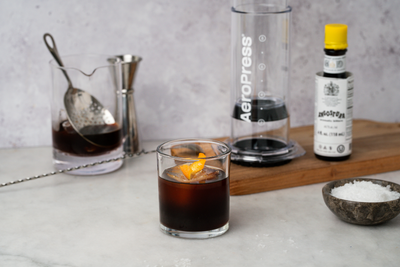
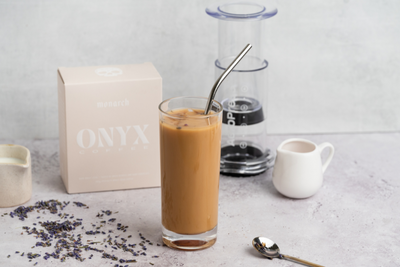
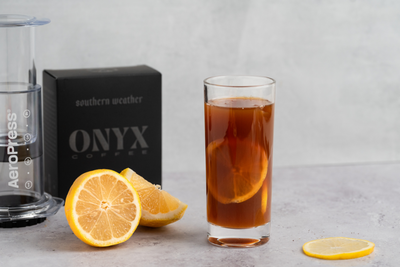
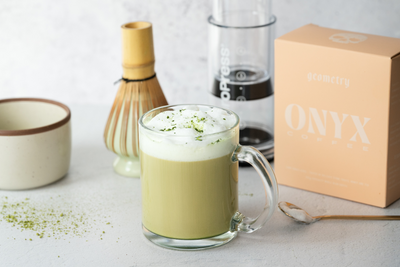
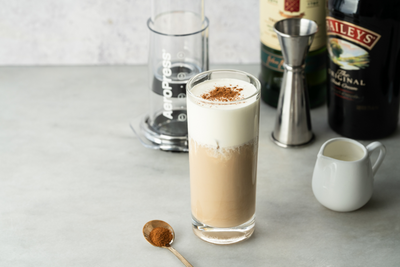


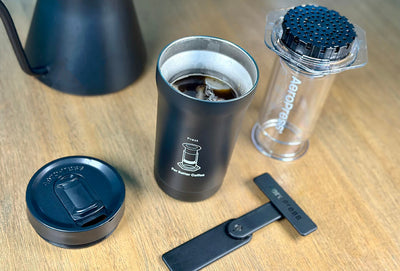
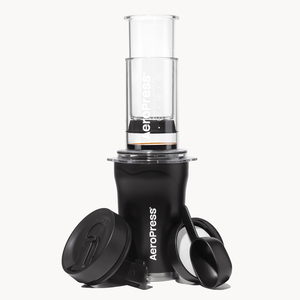

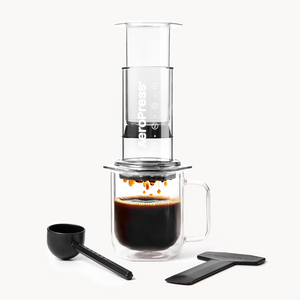
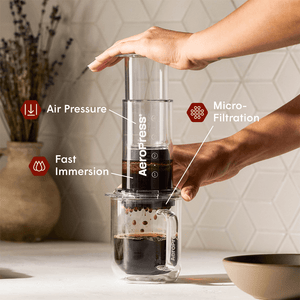

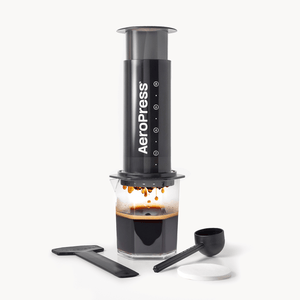
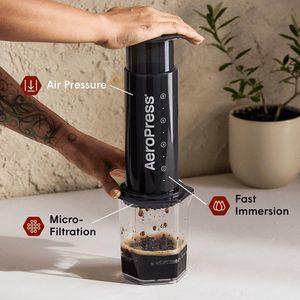
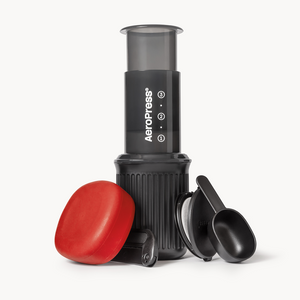
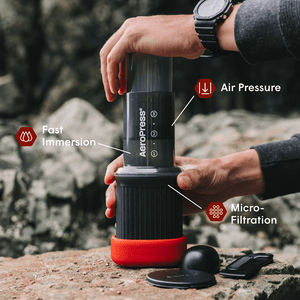
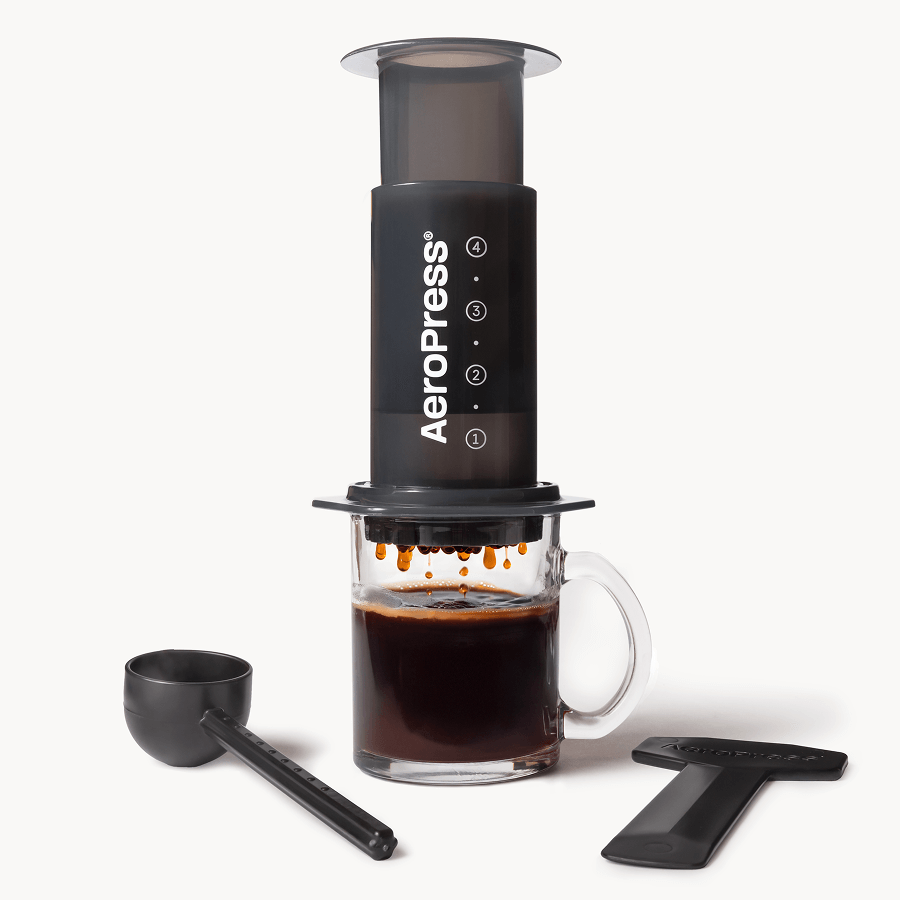
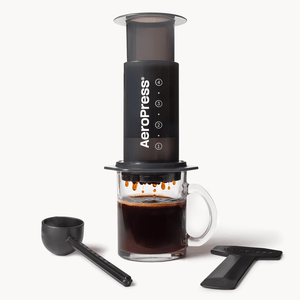

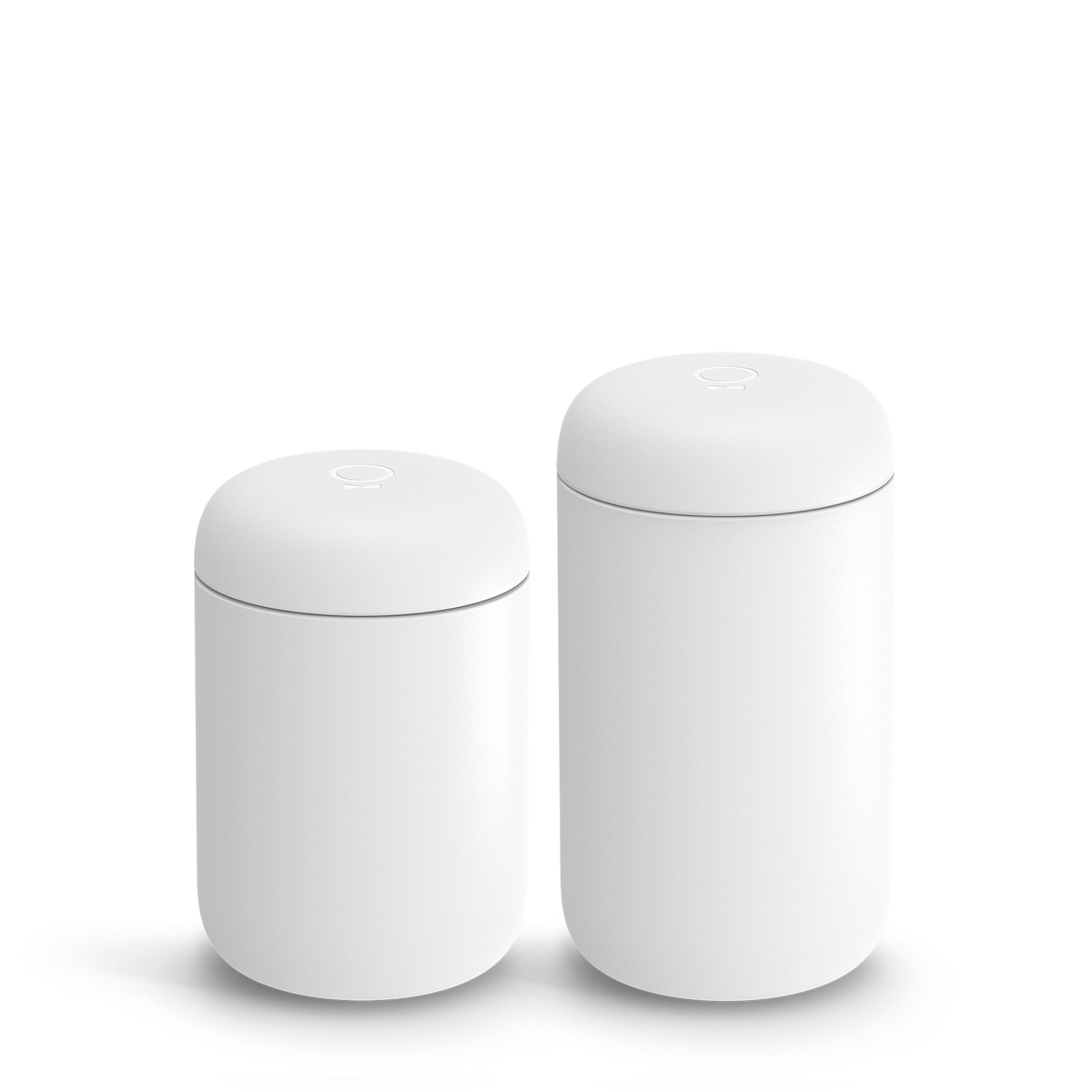
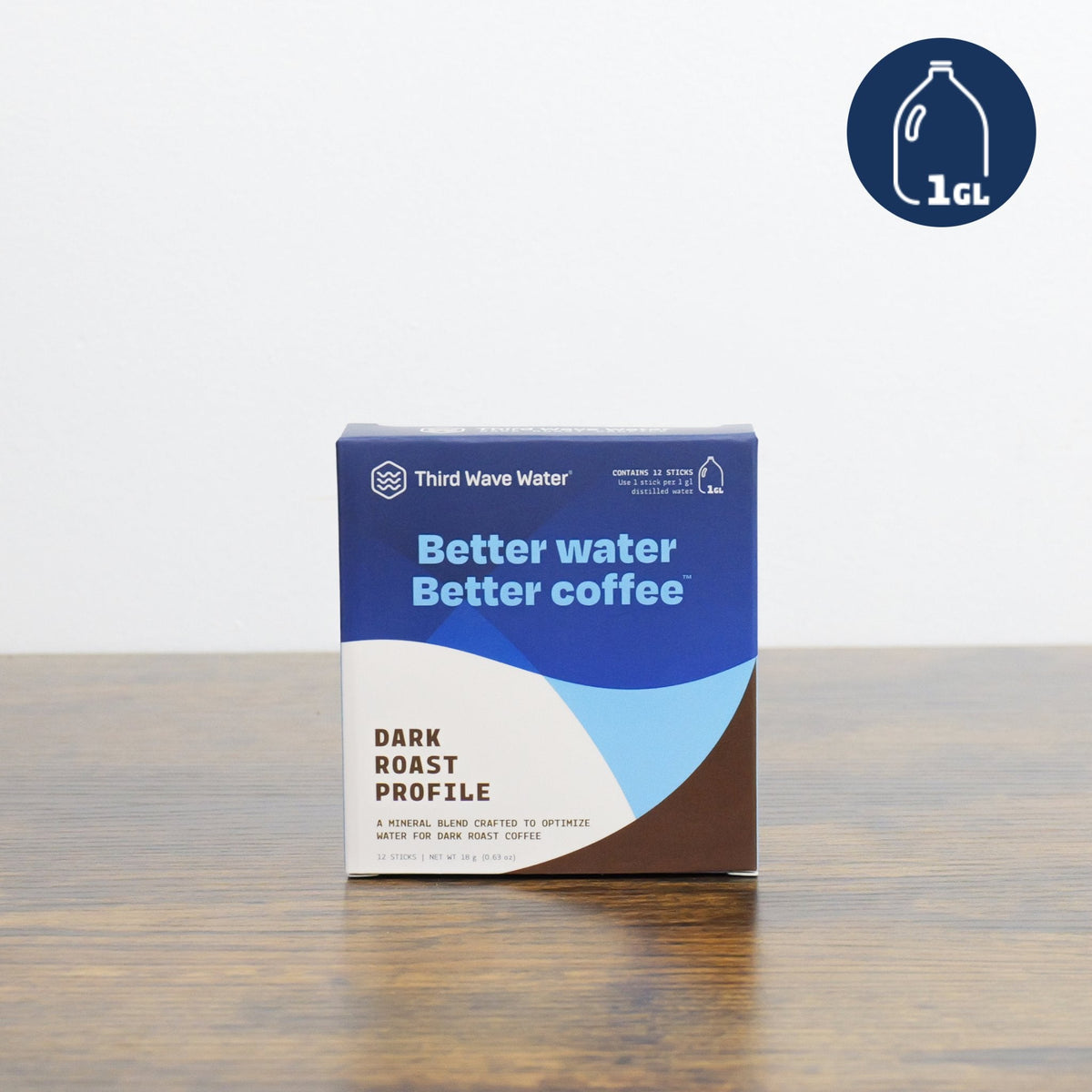
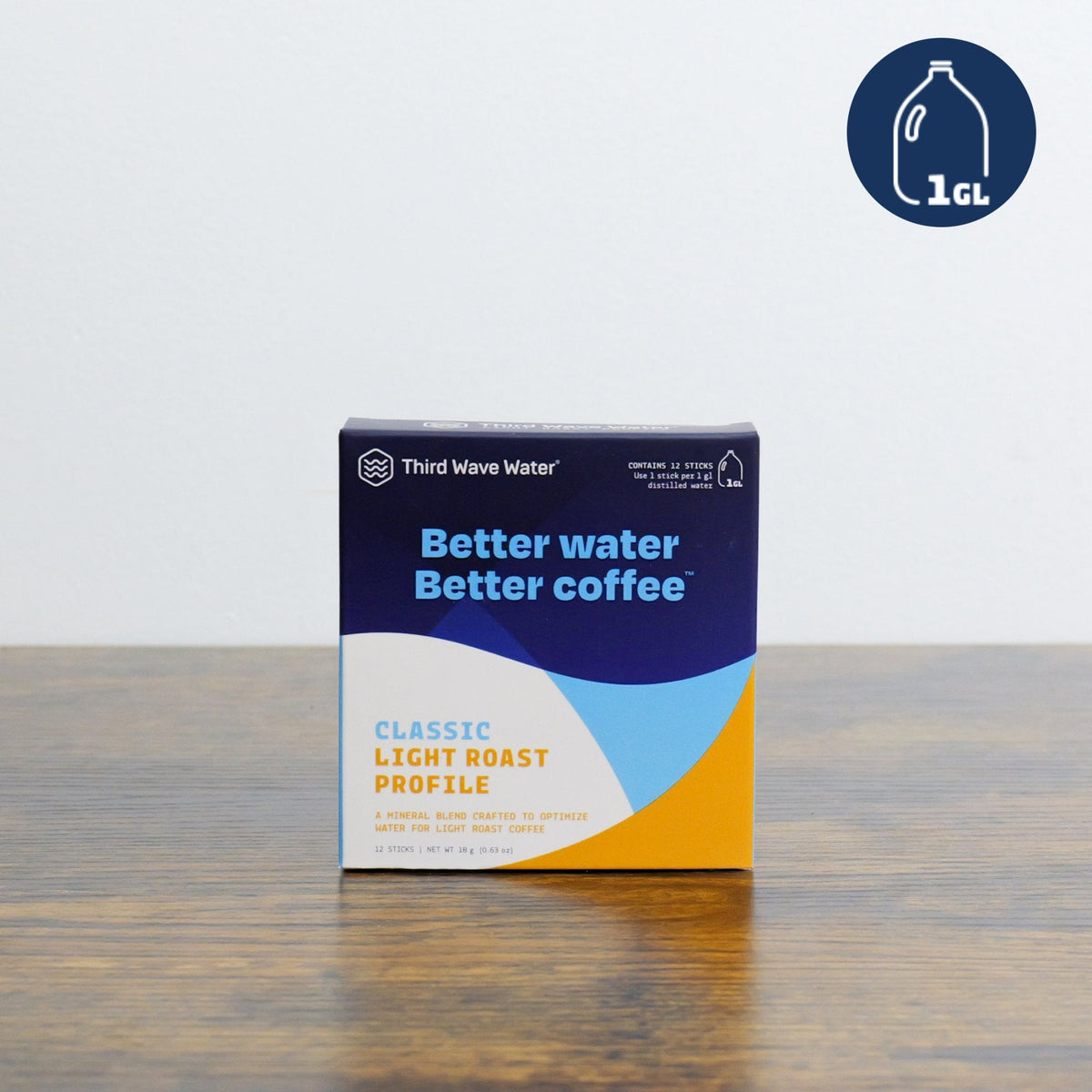

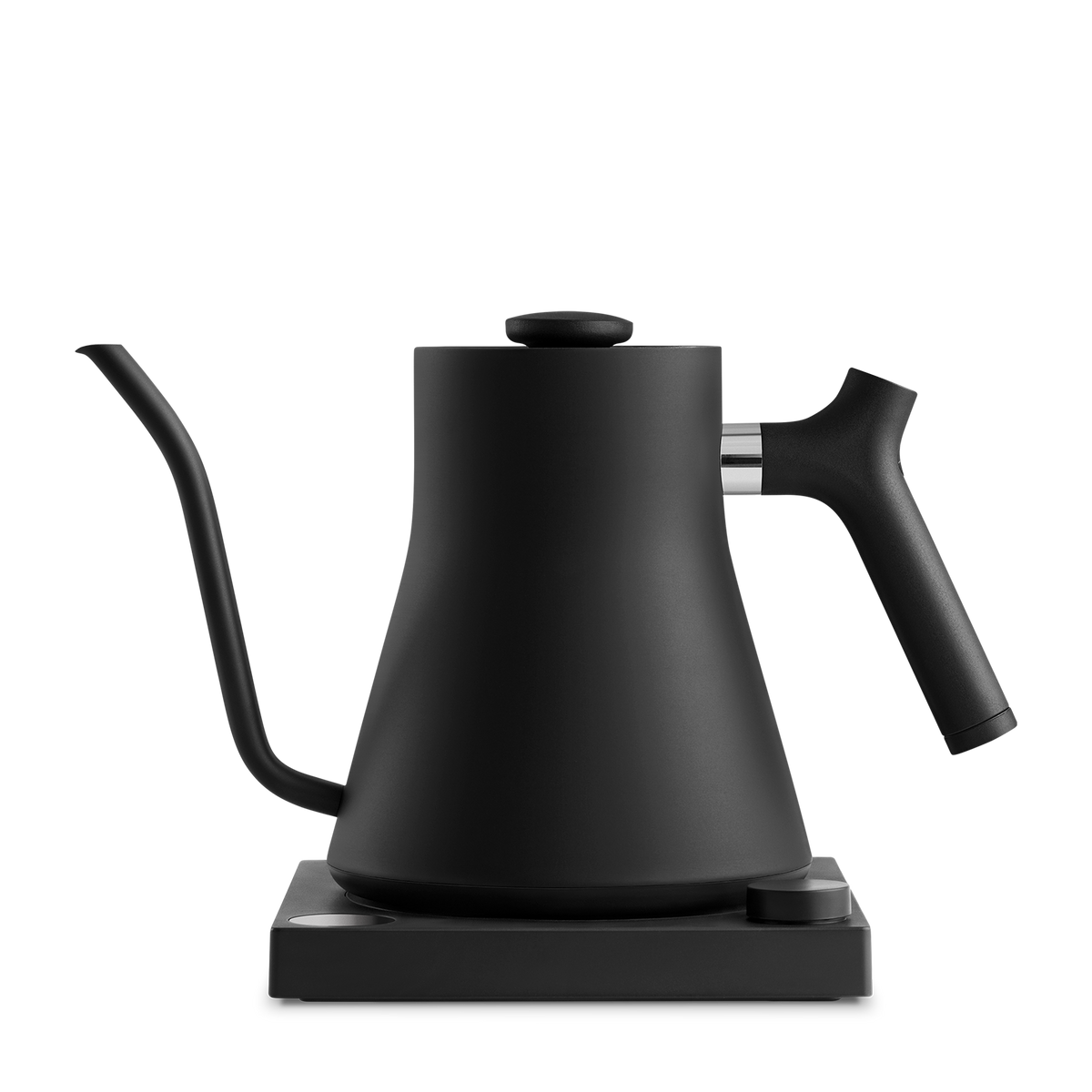

1 comment
Cliff
So many brewing variables, so little time!
Thankfully it’s always coffee time somewhere!
Thanks for sharing.
So many brewing variables, so little time!
Thankfully it’s always coffee time somewhere!
Thanks for sharing.